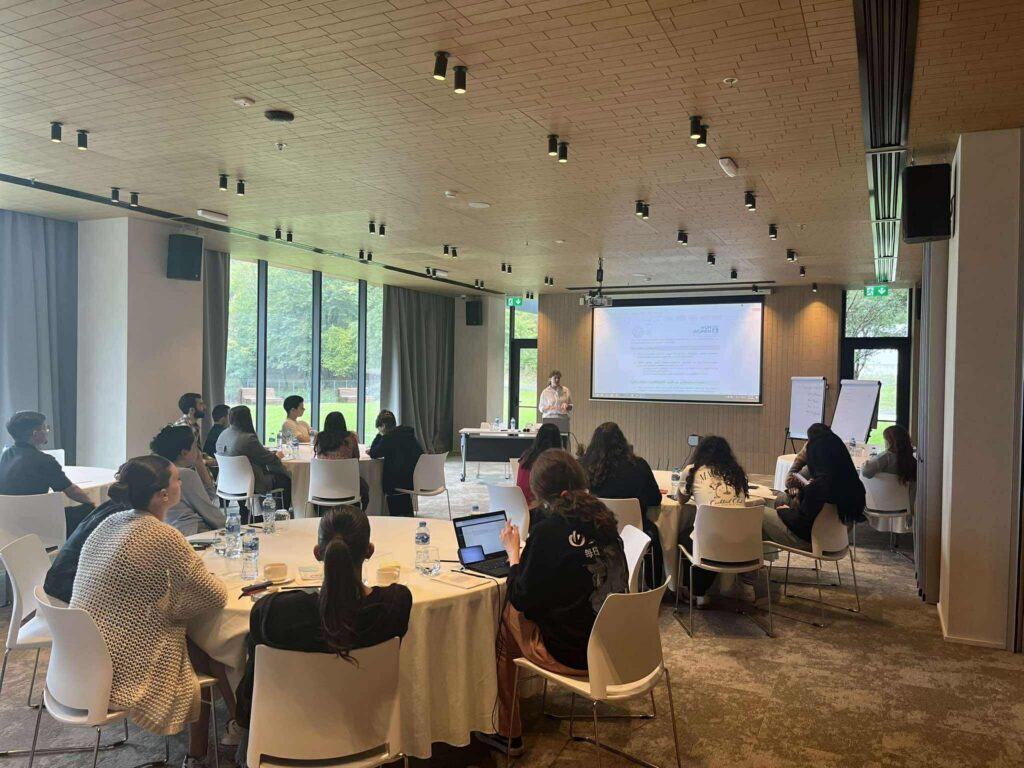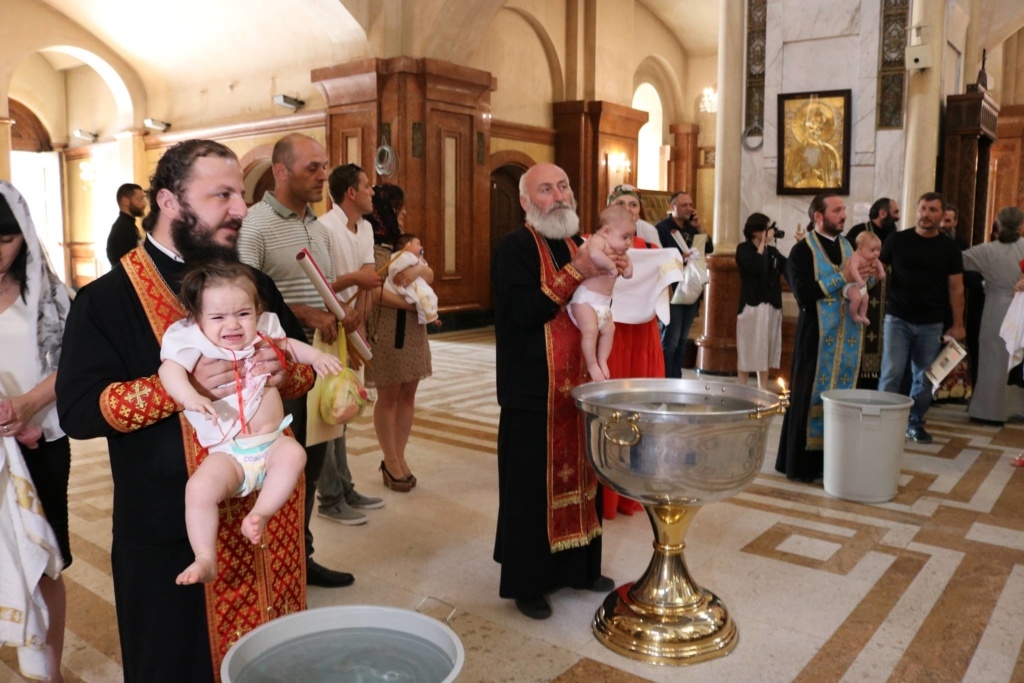Migration is one of the major stories in the former Soviet Union. However, we know surprisingly little about the actual patterns, since they are difficult to measure. George Tsuladze has done some research, on the basis of the 2002 census.
His research shows that the official census data is not very good at capturing migration. By definition, a census cannot reach people that are no longer at home, and often entire families migrated. In this case, all they leave is a locked door (or another family living in there, talking about themselves).
Another reason is that respondents often don’t like giving honest answers about members of the household being abroad. Women being left alone at home, with their children, typically won’t really want to tell a stranger (“what’s that, again? A census?”) that their husband isn’t likely to be back in the next few months. Voter lists, ownership, taxes, entitlements, extra income through remittances, general distrust of the state — all sorts of reasons not to be upfront.
Moreover, migration is seasonal: sometimes people just go for the summer (especially if they work in construction, or other seasonal sectors). So any May and June, although a good time for going around the country, is a bad time for capturing migration.
Tsuladze does cite the data there is, with all the caveats:
- about 59% of immigrants are male, 41% female;
- of the female migrants, 34% are single when emigrating
- about 43% of male, and 36% of female migrants support families that have stayed at home (this is actually a fairly low number, and may reflect some reluctance to admit receiving remittances; or an insufficient clarification what “financial support” means)
- all of the nationalities living in Georgia have fairly high numbers of emigration, but the Greeks emigrate disproportionally (no news here, though)
I would still like to know:
- What exactly are the patterns?
- What are the percentages of migrating with the entire family?
- and: some studies of how families develop.
Tamara Zurabishvili is doing more research work on migration, on a CRRC-fellowship, doing an alternative census with an orientation towards comparing actual census data with her own work. She will survey 1200 households in Daba Tianeti, an area particularly affected by emigration.
At any rate, innovative techniques for capturing the real data are needed, not least for estimating demographic trends.
The UNHCR wanted to translate George Tsuladze’s work, so it may become available in English.







